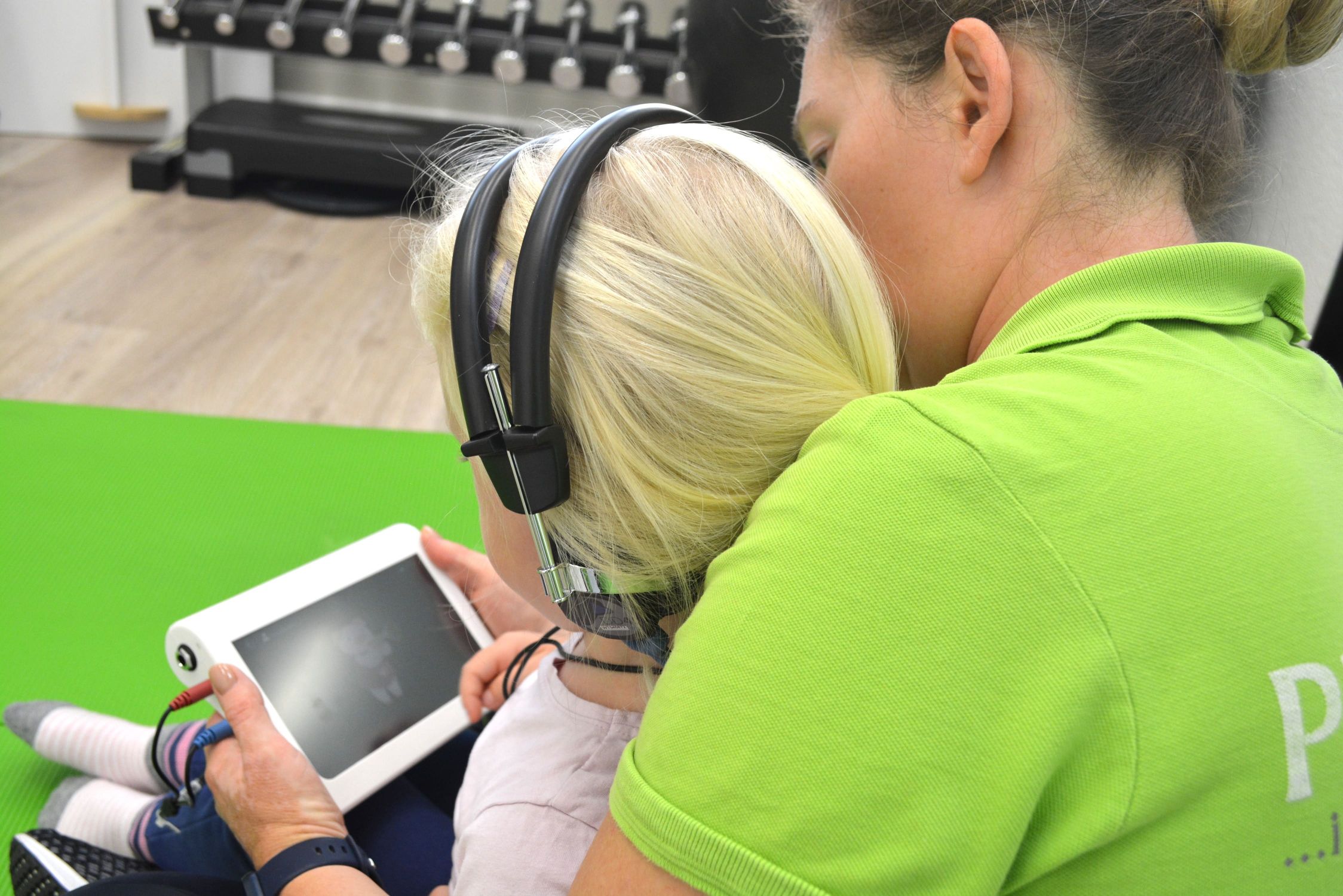FST - Filtered Sound Training
Formerly known as AIT, now known as FST, it was developed by French ENT specialist Dr Guy Berard in the 1970s to treat his own progressive hearing loss and tinnitus. The energy from sound is used to enable malfunctioning nerve cells to process and receive a higher quality stimulus in response to an intense stimulus. After learning about the training, Rosalie Seymour, a South African language developer and audiologist, worked in a school for children with autism. Rosalie learned from Guy Berard to make the method available to children in South Africa. The original audikinetron was very expensive and large, and in the meantime computer technology has made it possible to use it on computers, she adapted Dr Guy Berard's method for desktop PCs. This device became the EARducator, which, because of its portability, was used to improve children's auditory perception in several areas. This device was also approved by Dr Berard and was able to replace the audiokinetron.

Currently, the method, called Auditory Attention Training, or Filtered Sound Training, is available in Europe and is a modern, portable solution that uses software running on a tablet to deliver 10 days of training in the comfort of children's/adults' homes.
Auditory Attention Training uses a special electronic modulation of carefully selected music to modulate the nervous system. The special software randomizes the alternation of high and low tones, which uniquely stimulates the auditory pathways.
- Training can be started with a negative ear, nose and throat report within one week
- From the age of 6 years, a hearing test by an audiologist or a hearing attention screening by our specialists is recommended.*
- I tailor the training to the individual needs of each client who comes to me, based on the results of the input test.
- The training lasts for 10 days. 2×30 minutes of "listening to music" per day. There must be a minimum of 3 hours break between the two sessions. The training sessions can be flexibly adapted to your schedule.
- During the 30-minute listening sessions, the use of entertainment electronics (TV, mobile phone, tablet, computer, iPad, Xbox, PlayStation, etc.) is prohibited. Children can use the time to draw, do puzzles, do puzzles, do puzzles, play games or simply relax. For adults, it is advisable to be relaxed but not asleep.
- During the training and for the following 4 months, it is forbidden to listen to music through headphones or earphones, or to be in noisy environments (concerts, discos, sports matches). If this is unavoidable (e.g. due to work), the use of earplugs or noise-cancelling headphones is recommended.
- The training also affects the vestibular fold (our balance organ is also located in the inner ear), and for 10 days it is recommended to stop movement therapies and movements/sports that affect balance.
*The Hearing Awareness Test conducted by our professionals is NOT A HEARING EXAMINATION and is not intended to determine a person's hearing status.
If our professionals detect a discrepancy, they will refer the client to an audiologist.
The result of the audiometric test can only be interpreted by our FST experts for the purposes of eligibility for training, it is not the same as the result of the hearing test, although it is performed with the same device.
The result of the audiometric test can only be interpreted by our FST experts for the purposes of eligibility for training, it is not the same as the result of the hearing test, although it is performed with the same device.
I offer hearing awareness tests for children over 6 years of age, using a state-of-the-art Resonance R17A mobile audiometer, which does not require a quiet room due to the advanced technology. These can be used to determine which frequencies are perceived by the sounds in order to programme the most accurate auditory attention training, which is always personalised.
The positive impact of training varies from person to person and over time. This can happen during the active 10 days of the training, but most of the time the changes occur in the 4 months following the training.
Possible changes expected as a result of the training:
- Speech reading and comprehension improves, which means that they respond more quickly to speech, and there are fewer misunderstandings and retransmissions.
- Improves verbal memory, spelling and reading.
- It can be beneficial for speech initiation.
- Improving articulation
- Reduction/loss of auditory sensitivity
- Improved attention, better workload, more sense of achievement.
- Balance improves, and the child is better able to cope with more intense balance stimuli, such as swinging, spinning, driving a car. As a result, motor coordination also changes.
- The child's well-being, behaviour, cooperation and perseverance improve.